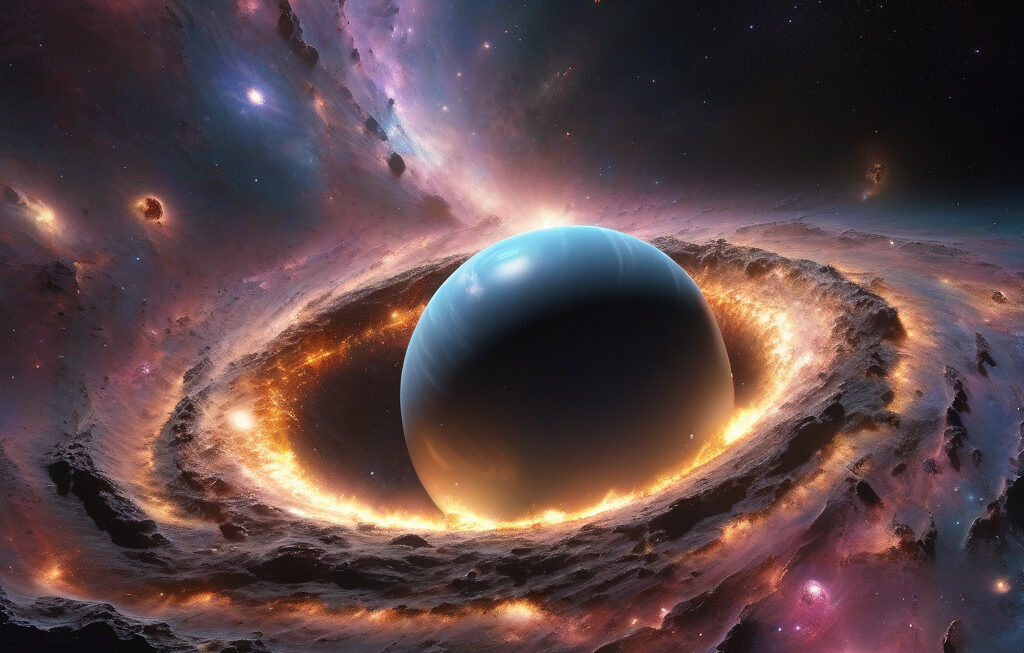Scientists Confirm First Detection of a Black Hole Drifting Alone Through Space
The team revisited data from an object first spotted years ago, using updated observations to confirm what could be a groundbreaking discovery in the realm of astrophysics. A black hole, typically known for its gravitational pull devouring anything that comes too close, has been identified as drifting through space without a companion star. This finding challenges previous theories that black holes are often found in binary systems with stars, shedding light on the mysterious and complex nature of these celestial phenomena.
The discovery was made possible through the meticulous analysis of data collected over several years. By leveraging advanced technologies and algorithms, scientists were able to track the movement of the black hole with unprecedented precision. This breakthrough not only expands our understanding of the behavior of black holes but also raises intriguing questions about how these solitary entities form and evolve over time.
One of the key implications of this discovery is the potential reevaluation of existing models that explain the formation of black holes. While the prevailing theory suggests that black holes are the remnants of massive stars that have collapsed in on themselves, the presence of a lone drifting black hole challenges this narrative. Scientists are now faced with the task of revisiting and revising their theories to account for this newfound phenomenon.
Moreover, the detection of a black hole adrift in space opens up new avenues for research and exploration. Scientists are eager to study the gravitational effects and interactions of this solitary black hole with other celestial bodies in its vicinity. By observing how it interacts with its environment, researchers hope to glean insights into the broader role that black holes play in shaping the fabric of the cosmos.
From a technological standpoint, this discovery underscores the importance of continuous innovation and improvement in observational tools and techniques. The ability to pinpoint and track a single black hole against the vast backdrop of space represents a remarkable feat of scientific ingenuity. It highlights the critical role that cutting-edge technology plays in pushing the boundaries of our knowledge and understanding of the universe.
As we contemplate the significance of this milestone in astrophysical research, it becomes clear that there is still much to learn and discover about the enigmatic nature of black holes. Each new revelation brings us closer to unraveling the mysteries of the cosmos and deepening our appreciation for the wonders of the universe. The confirmation of a black hole drifting alone through space serves as a poignant reminder of the endless possibilities that await us in the uncharted territories of the cosmos.
In conclusion, the recent confirmation of a black hole navigating the cosmos solo represents a paradigm shift in our comprehension of these cosmic entities. Through meticulous data analysis and technological advancements, scientists have unveiled a new chapter in the saga of black hole research. This discovery not only challenges existing theories but also paves the way for further exploration and discovery in the ever-expanding field of astrophysics.
black hole, space, astrophysics, discovery, research












